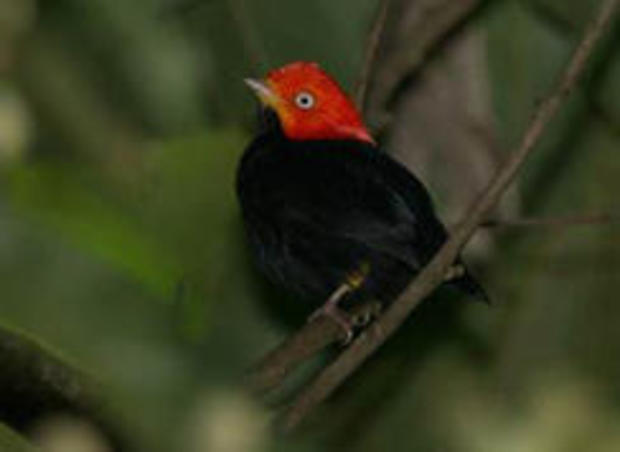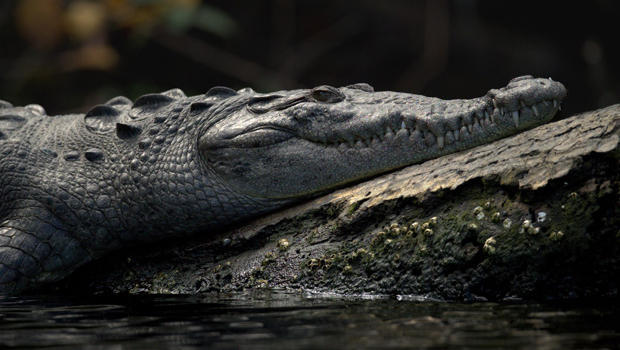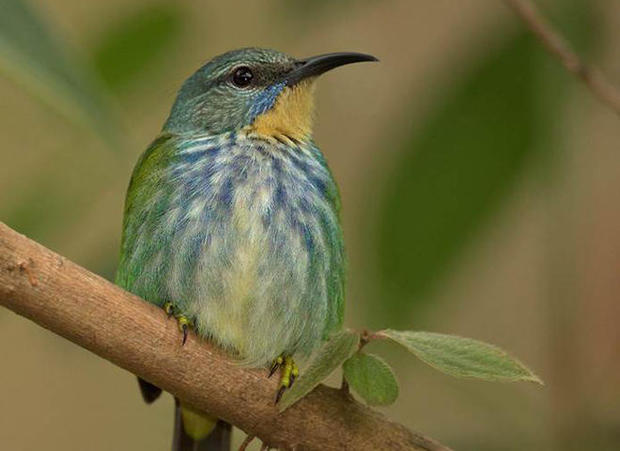Nature up close: The new math of travel
By "Sunday Morning" contributing videographer Judy Lehmberg.
I love to travel, and when I'm not traveling I love to read about it. I've already plenty of travel books in my life, everything from how to survive in America on zero dollars a day to which luxury safari is the best (the one that costs $1,500/day or the $3,000/day version). And no, I would not pay for either of those.
I use a different method of selecting travel destinations. My method has been boiled down to a simple equation entirely based on dollar-per-bird.
I have a brother-in-law who developed an "Effort-to-Reward Ratio." When someone suggests a trip the first words out of his mouth are "What is the ERR on that?" His daughter and I are pretty serious bird watchers. We have a twist on the ERR. We want to know how much it will cost in terms of effort, but money is more of a limitation. Our biggest criterion is cost-per-bird species.
The formula is simple: Divide the number of bird species in the country of interest by the amount of money it takes to travel to that country looking for birds. In that regard, Columbia is the holy grail, with 1,826 species. If I spent two weeks in Columbia at $1,000/week, I could theoretically see 1,826 bird species at a cost of 1826/$2,000 = .91$/bird species. I know I will never see them all, but it is possible, and it represents a great dollar-per-bird ratio.
New Zealand is a gorgeous country but with fewer than 200 bird species the ratio is not good, so I haven't been there. Honduras doesn't have as good a ratio as Columbia, but it's not bad. I'm going there in two weeks for $3,000. There are 760 bird species in Honduras, so the cost is $3.94/bird, but they also have some fantastic frogs, some wonderful bats, and even a margay or two.
I'll let you know in a few weeks how well I do. In the meantime, here are some of the animals I hope to see:
Judy Lehmberg is a former college biology teacher who now shoots nature videos.
For more info:
- Judy Lehmberg (Official site)
- Judy Lehmberg's YouTube Channel
To watch extended "Sunday Morning" Nature videos click here!









